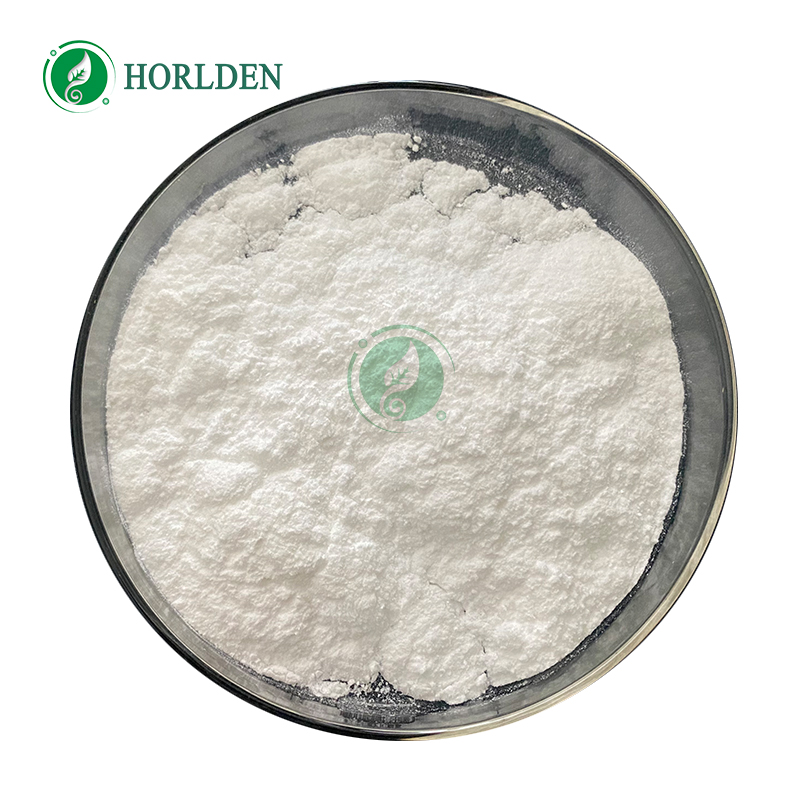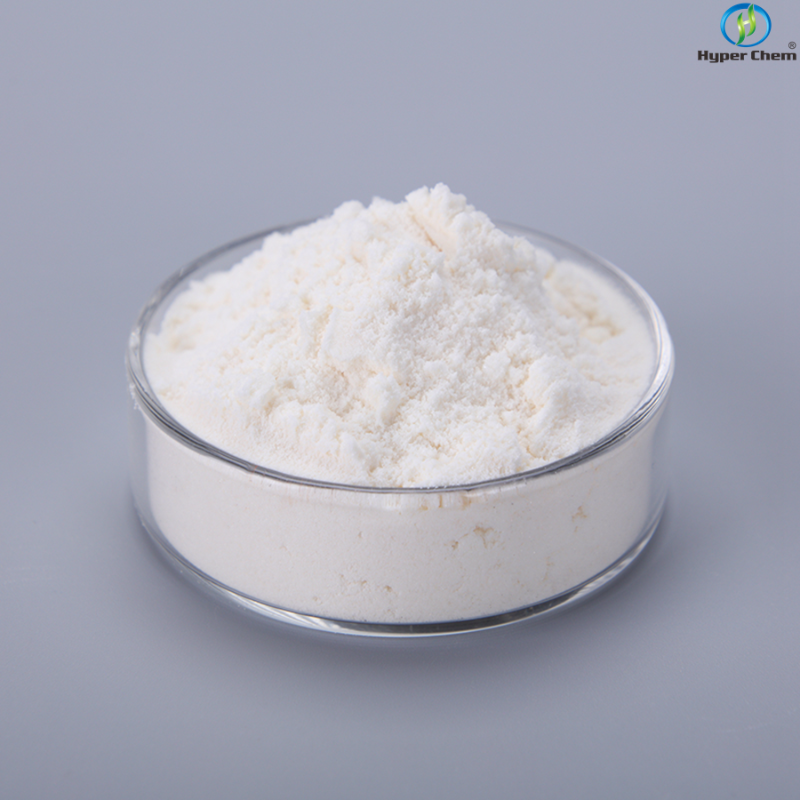-
Categories
-
Pharmaceutical Intermediates
-
Active Pharmaceutical Ingredients
-
Food Additives
- Industrial Coatings
- Agrochemicals
- Dyes and Pigments
- Surfactant
- Flavors and Fragrances
- Chemical Reagents
- Catalyst and Auxiliary
- Natural Products
- Inorganic Chemistry
-
Organic Chemistry
-
Biochemical Engineering
- Analytical Chemistry
-
Cosmetic Ingredient
- Water Treatment Chemical
-
Pharmaceutical Intermediates
Promotion
ECHEMI Mall
Wholesale
Weekly Price
Exhibition
News
-
Trade Service
Sitagliptin phosphate monohydrate is a widely used medication in the treatment of type 2 diabetes.
It belongs to a class of drugs known as dipeptidyl peptidase-4 (DPP-4) inhibitors, which work by increasing the levels of certain hormones in the body that help to regulate blood sugar levels.
In recent years, the demand for sitagliptin phosphate monohydrate has grown significantly in the chemical industry, making it an important compound in the development of new medications for diabetes.
One of the key benefits of sitagliptin phosphate monohydrate is its ability to help control blood sugar levels in people with type 2 diabetes.
By inhibiting the activity of DPP-4, it increases the levels of hormones like glucagon-like peptide-1 (GLP-1) in the body, which help to regulate blood sugar levels.
This makes it an important treatment option for people with type 2 diabetes, who may have difficulty regulating their blood sugar levels on their own.
Sitagliptin phosphate monohydrate is typically taken orally, either as a tablet or a powder that is mixed with water.
The recommended dosage and frequency of use will depend on the individual and the severity of their diabetes.
It is important to follow the instructions provided by a healthcare professional when taking sitagliptin phosphate monohydrate.
In addition to its use in the treatment of type 2 diabetes, sitagliptin phosphate monohydrate is also being studied for its potential use in the treatment of other conditions related to hormone regulation and blood sugar levels.
It is possible that this compound may be used in the future to treat conditions like obesity or metabolic syndrome.
The chemical industry plays a crucial role in the production and distribution of sitagliptin phosphate monohydrate.
The compound is synthesized through a series of chemical reactions, which require specialized equipment and expertise.
In recent years, improvements in manufacturing processes have led to increased efficiency and reduced costs in the production of sitagliptin phosphate monohydrate.
One of the key challenges in the production of sitagliptin phosphate monohydrate is achieving consistent quality and purity.
The compound is sensitive to conditions like temperature and moisture, which can affect its stability and effectiveness.
As a result, strict quality control measures are in place to ensure that the finished product meets the necessary standards for use in medications.
The demand for sitagliptin phosphate monohydrate is expected to continue to grow in the years to come, driven by the increasing prevalence of diabetes and the need for effective treatments.
As the chemical industry continues to innovate and improve its production processes, it is likely that the cost and availability of this compound will become more accessible to people in need.
In conclusion, sitagliptin phosphate monohydrate is an important compound in the treatment of type 2 diabetes, and its demand is growing in the chemical industry.
It is synthesized through a series of chemical reactions, and strict quality control measures are in place to ensure its purity and effectiveness.
With ongoing research and development in the field of diabetes treatment, it is likely that sitagliptin phosphate monohydrate will continue to play an important role in the future.







